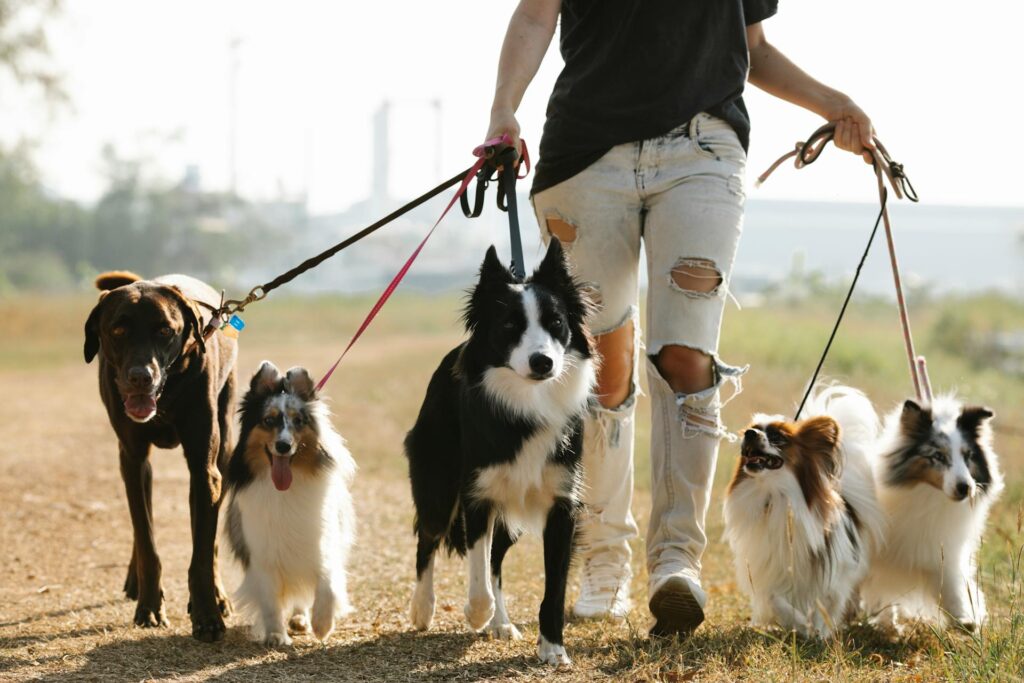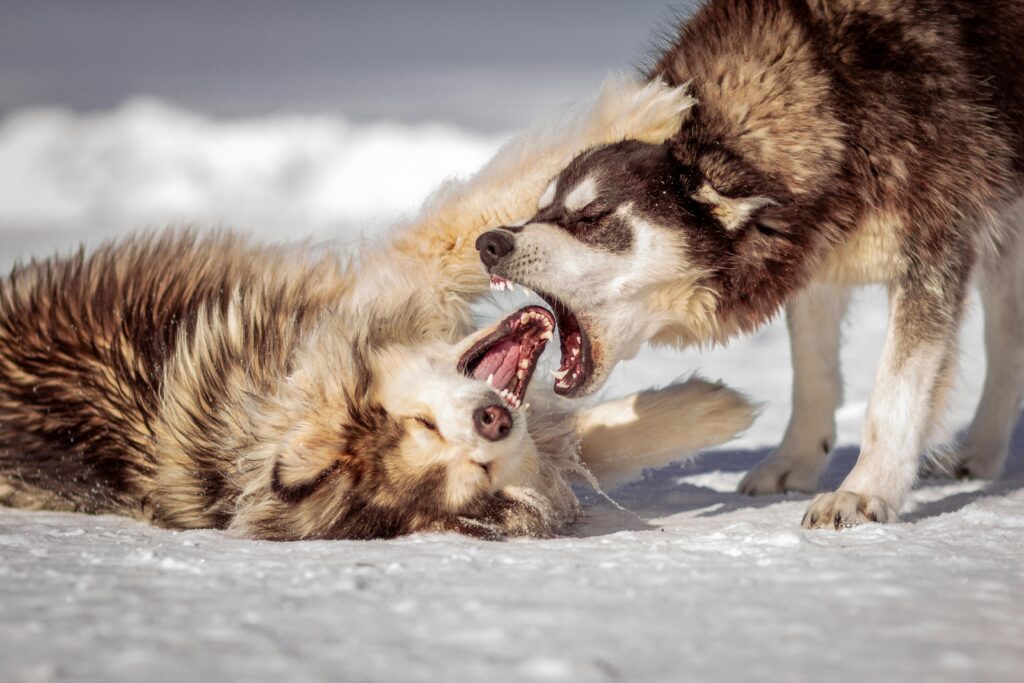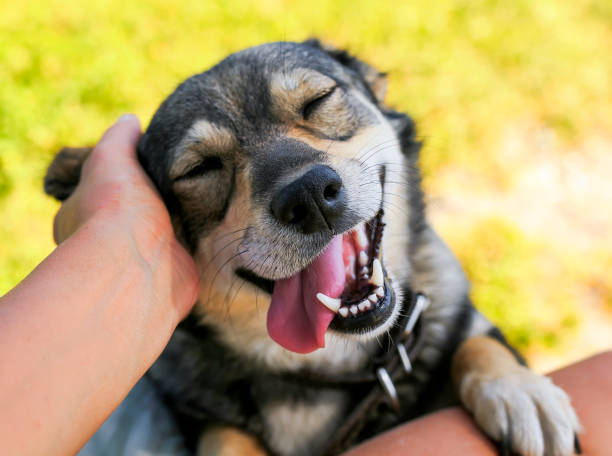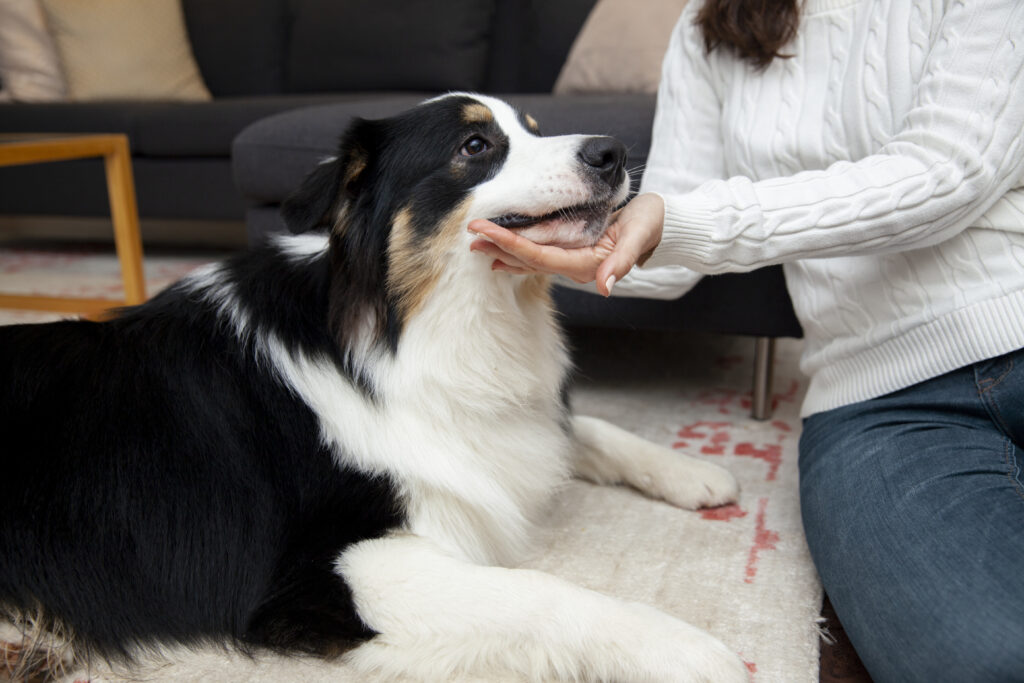 Let’s be honest, there’s nothing quite like the love and loyalty of a dog. But with so many breeds out there, choosing the right furry friend can feel overwhelming. If you’ve been reading articles about “aggressive” dog breeds, you might be wondering which ones to avoid. The truth is, the term “aggressive” can be misleading. Most dogs aren’t inherently aggressive; their behavior depends on a variety of factors, including breeding, training, and socialization.
Let’s be honest, there’s nothing quite like the love and loyalty of a dog. But with so many breeds out there, choosing the right furry friend can feel overwhelming. If you’ve been reading articles about “aggressive” dog breeds, you might be wondering which ones to avoid. The truth is, the term “aggressive” can be misleading. Most dogs aren’t inherently aggressive; their behavior depends on a variety of factors, including breeding, training, and socialization.
In this article, we’ll explore the top 10 most aggressive dog breeds or labeled as “aggressive”. But instead of focusing on negativity, we’ll discuss their history, temperament, and what makes them wonderful companions in the right hands. So, grab a cuppa, curl up on the sofa, and let’s delve into the wonderful world of dogs!
Understanding Dog Breeds: What Goes into Labeling a Breed?
Dog breeds were developed for specific purposes. Herding dogs like Collies were bred to manage sheep, while hunting dogs like Beagles were bred to track scents. These bred-in traits influence a dog’s temperament and energy levels.
For instance, a Husky bred for pulling sleds in freezing temperatures will naturally have high stamina and a strong independent streak. This might not be ideal for someone living in a small apartment.


Here are some things that contribute to a dog’s temperament:
- Breed: Each breed has its own unique set of characteristics.
- Genetics: Just like humans, dogs inherit traits from their parents.
- Early experiences: The way a puppy is raised in its first few months of life has a major impact on its behavior.
- Socialization: Exposing a puppy to different people, animals, and environments helps them learn to adapt and be comfortable in various situations.
- Training: Teaching your dog basic commands and obedience can help prevent behavioral problems.
It’s important to remember that every dog is an individual. While some breeds may be more prone to certain behaviors, responsible ownership and training can make a world of difference.
Beyond “Aggressive”: Exploring Different Canine Temperaments
Instead of labeling a dog as “aggressive,” it’s more helpful to understand different aspects of canine temperament:


- Protective: Some breeds, like German Shepherds, are naturally protective of their families. This can be a great quality, but it requires proper training to ensure their protectiveness doesn’t turn into aggression.
- Territorial: Certain breeds may be more territorial of their space, especially around other dogs or strangers. Early socialization can help curb this instinct.
- High Prey Drive: Breeds bred for hunting, like terriers or sighthounds, may have a strong instinct to chase after smaller animals. Management and training are crucial to keep them safe and prevent them from harming smaller pets.
- Working Drive: Herding dogs and other working breeds have a natural desire to be active and have a job to do. Providing them with enough physical and mental stimulation is essential for their well-being.
Understanding a breed’s temperament can help you choose a dog that’s a good fit for your lifestyle and experience level.
Also Read: 07 Reasons Why Do Dogs Shake Their Head After Grooming: Expert Insights
Top 10 Most Aggressive Dog Breeds: Understanding Canine Temperament
Now, let’s explore some breeds that are often placed on “aggressive” lists. We’ll see why these pups might get a bad rap and how they can be fantastic companions in the right homes.
1. American Pit Bull Terrier: These powerful, athletic dogs were originally bred for bull-baiting (a barbaric practice thankfully no longer in existence). However, Pit Bulls are known for their loyalty, intelligence, and playful nature. With proper training and socialization, they can be loving family dogs.
2. German Shepherd: These intelligent, courageous dogs excel in working roles like search and rescue or police work. The protective nature of German Shepherds makes them fantastic guard dogs, but it also means they require experienced owners who can provide them with proper training and socialization.
3. Doberman Pinscher: These sleek, powerful dogs were originally bred as guard dogs. Dobermans are known for their loyalty, intelligence, and trainability. However, their guarding instincts need to be managed with proper training and socialization to prevent them from becoming overly suspicious or territorial.
4. Rottweiler: These powerful, intelligent dogs were originally bred for herding cattle and pulling carts. Rottweilers are known for their loyalty, protectiveness, and calm demeanor. However, their size and strength make responsible ownership and training crucial.
5. Chow Chow: These majestic, fluffy dogs with distinctive blue-black tongues were originally bred for guarding purposes in China. Chow Chows can be independent and aloof with strangers, but they are fiercely loyal to their families. Early socialization is essential to help them feel comfortable around new people and animals.
6. Siberian Husky: Bred for pulling sleds in harsh conditions, Huskies are known for their incredible stamina, playful personalities, and striking good looks. However, their high energy levels and independent streak might not be ideal for first-time dog owners. Huskies need plenty of exercise and mental stimulation to stay happy and well-behaved.
7. Akita: These loyal and majestic dogs were originally bred for hunting and guarding in Japan. Akitas can be aloof with strangers, but they form strong bonds with their families. Early socialization and training are essential to ensure their loyalty doesn’t turn into aggression.
8. Belgian Malinois: These intelligent, high-energy dogs excel in working roles like police work and military service. Malinois are known for their loyalty, athleticism, and eagerness to please. However, their intense drive and working instincts require experienced owners who can provide them with plenty of physical and mental stimulation.
9. Wolfdog: Owning a wolfdog is not for the faint of heart. These hybrids can be unpredictable and require very experienced owners. Wolf Dogs are not domesticated animals and have strong wild instincts. In most countries, there are strict regulations regarding ownership.
10. Presa Canario: These powerful and protective dogs were originally bred for guarding livestock in the Canary Islands. Presa Canarios are known for their loyalty, intelligence, and calm demeanor. However, their size and strength require responsible ownership and training.
Remember, these are just some of the breeds that are often mislabeled as “aggressive.” Every dog is an individual, and with proper training, socialization, and responsible ownership, any breed can be a fantastic companion.
Choosing the Right Dog: Finding the Perfect Furry Friend for Your Lifestyle
Choosing the right dog is a big decision. Here are some things to consider before welcoming a furry friend into your life:
- Lifestyle: Do you live in an apartment or a house? Are you active, or do you prefer a laid-back lifestyle?
- Experience Level: Are you a first-time dog owner, or do you have experience training dogs?
- Living Situation: Do you have children or other pets?
- Time Commitment: Dogs require daily walks, playtime, and training. Can you commit to their needs?
- Breed Research: Before you fall in love with a cute puppy picture, research different breeds to find one that fits your lifestyle and experience level.
Here are some resources that can help you choose the right dog:
Remember, adopting a dog from a shelter or rescue is a great way to give a deserving animal a loving home. Many shelters have a variety of breeds and mixed breeds available.
Responsible Dog Ownership: Tips for Raising a Happy, Well-Behaved Dog
Once you’ve welcomed your furry friend home, it’s important to be a responsible dog owner. Here are some tips:
- Training: Enroll your dog in obedience classes. This will help them learn basic commands and good manners.
- Socialization: Expose your dog to different people, animals, and environments from a young age.
- Exercise: Provide your dog with plenty of exercise to keep them physically and mentally stimulated.
- Mental Stimulation: Challenge your dog’s mind with puzzle toys, games, and training exercises.
- Veterinary Care: Take your dog for regular checkups and preventive care.
By following these tips, you can help your dog grow into a happy, well-behaved, and valued member of your family.
Additional Things to Keep in Mind
- Meet the parents: If you’re getting a puppy from a breeder, ask to meet the mother and father. This can give you some insight into the puppy’s temperament.
- Beware of backyard breeders: Always get your dog from a reputable breeder or shelter. Backyard breeders may not prioritize temperament testing or proper socialization.
- Red flags: Be aware of any signs of aggression in a dog, such as growling, snapping, or excessive barking. If you’re concerned about a dog’s behavior, consult with a professional trainer or behaviorist.
Final Thought
Dogs come in all shapes, sizes, and temperaments. By understanding breed characteristics and choosing the right dog for your lifestyle, you can build a strong, loving bond with your furry friend. There’s no such thing as a truly “aggressive” breed. Every dog has the potential to be a wonderful companion, but it all comes down to responsible ownership, proper training, and socialization.
With a little bit of research, patience, and love, you can have a happy, healthy, and well-behaved canine companion for many years to come. Happy tail wags!
FAQs: What are the Top 10 Most Aggressive Breeds of Dogs?
There isn’t actually a definitive list of “most aggressive” dog breeds. Aggression in dogs is a complex issue that depends on a variety of factors, including breeding, genetics, early experiences, socialization, and training. Here are some questions that address this topic:
Q.1. If there’s no “most aggressive” list, why are some breeds labeled that way?
Certain breeds were developed for specific tasks that required certain traits. For example, breeds like German Shepherds or Doberman Pinschers were bred for guarding and working roles. These dogs may be naturally protective and territorial, but this doesn’t mean they’re inherently aggressive.
Q.2. So, what’s the difference between “protective” and “aggressive”?
A protective dog will guard its family and home, which can be a good quality. However, an aggressive dog might display behaviors like growling, snapping, or lunging at perceived threats, even if there’s no real danger.
Q.3. Are there any breeds that need extra caution?
Some breeds, like Pit Bulls or Rottweilers, are often on “aggressive” lists because of their size and strength. While these breeds can be wonderful companions, their power means responsible ownership and proper training are crucial to prevent potential problems.
Q.4. What about smaller breeds? Can they be aggressive?
Any dog, regardless of size, can exhibit aggression. Smaller breeds might be less likely to cause serious injury, but they can still bite or snap. It’s important to remember that even small bites can be painful and frightening.
Q.5. Isn’t there some truth to the saying “nature vs nurture” when it comes to dogs?
Absolutely! Genetics play a role, but a dog’s environment and experiences shape its behavior more significantly. A dog with a good genetic background but poor socialization or lack of training is more likely to develop behavioral problems.
Q.6. What are some signs of aggression in dogs?
Warning signs can include growling, snarling, snapping, lip curling, excessive barking, stiff body posture, and raised hackles. If you notice any of these signs, it’s important to consult with a professional dog trainer or behaviorist.
Q.7. Is it ever too late to train an aggressive dog?
The good news is that with patience, positive reinforcement training, and guidance from a professional, most dogs can learn to manage their aggression. However, the earlier you address behavioral issues, the better the outcome.
Q.8. What are some things I can do to prevent aggression in my dog?
Proper socialization from a young age is essential. Expose your puppy to different people, animals, and environments in a positive way. Enroll your dog in obedience classes and provide them with plenty of exercise and mental stimulation.
Q.9. I’m worried about adopting a dog from a shelter. Might they be aggressive?
Shelter and rescue dogs come from a variety of backgrounds, and some may have had experiences that contributed to behavioral issues. However, reputable shelters temperament test their dogs and can often match you with a good-natured pup that fits your lifestyle.
Q.10. Where can I find more information about responsible dog ownership?
There are many resources available online and in libraries. The Kennel Club ([The Kennel Club uk ON The Kennel Club thekennelclub.org.uk]) and the American Society for the Prevention of Cruelty to Animals (ASPCA) ([ASPCA adopt a pet ON aspca.org]) are great starting points.
Remember, every dog is an individual. With responsible ownership, training, and love, any breed can be a fantastic canine companion.

